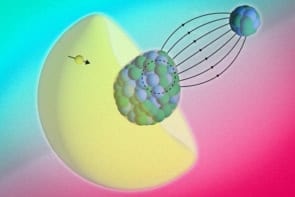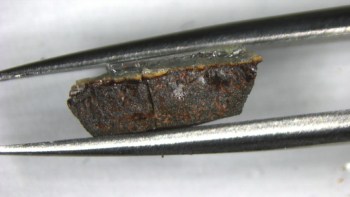Most of our daily life experiences involve matter subjected to fairly moderate pressures. But once you start to ramp up the pressures some fascinating physics can start to occur, as Shanti Deemyad explains in this video. High pressures can be used to change the density of materials and therefore influence the interactions between atoms. Exotic physical phenomena can occur under these conditions, such as matter changing its form into metastable states – as is seen with the transformation of graphite into diamond.
Deemyad, who is an experimental physicist at the University of Utah in the US, explains some of the different methods for achieving extreme pressures within a laboratory. One of those methods is known as a diamond anvil cell, which can be used to generate pressures as high as those in the Earth’s core. Deemyad shows one of these surprisingly modest-looking devices towards the end of the video.
This video is part of our 100 Second Science series, in which researchers give concise presentations covering the spectrum of physics.



